Āyurveda has developed its own classification of body components with the concepts of doṣas, agnis, dātus, upadhātus, malas and srotas. These can be divided into two groups:
Āyurveda distinguishes seven dhātus which, together with the seven upadhātus, form the essential structural components of the body:
Seven dhātus:
Each of these dhātus has specific functions in the body that are essential to physiology, some of which cannot be derived from their anatomical features.
Seven upadhātus:
With the concept of dhātu-pariṇāma (process of dhātu transformation), Āyurveda also describes the formation of the essential structural body components (dhātus, upadhātus and ojas).
The term dhātu-pariṇāma refers to the gradual process of transforming nutrients into new body cells. In this process, agni is the central transforming principle. Agni is a thermal principle that carries out all kinds of splitting and transformation processes in the body. The correction of dhātu-pariṇāma is the overall therapeutic goal of Ayurvedic medicine.
The presentation will further elaborate on the aspects outlined above.

Rosenberg Ayurveda and Wellness-Consulting AG
European Academy for Ayurveda Switzerland
Büelstrasse 17
CH-6052 Hergiswil NW
info@ayurveda-symposium.org
Newsletter
* I have the Privacy policy taken note of. I agree that my details and data for answering my enquiry are collected and stored electronically.

2024 © Rosenberg Ayurveda Academy gGmbH